At the Computex 2019 Keynote in Taipei, Taiwan, AMD is set to make a number of major announcements. We are going to keep a running log here so long as the Wi-fi continues to work. Excuse the typos, this is being updated on the fly.
AMD Computex 2019 Keynote
Dr. Lisa Su, AMD’s CEO is kicking off the keynote where we expect many new products to be launched. The keynote is kicking off with an obligatory “there is more data, we need to figure out how to process more data” discussion. Every keynote has started with a version of this for the past several years.
We are talking today about 7nm compute Zen 2 cores, Navi GPUs, and 3rd generation Ryzen.
AMD EPYC Rome the Journey Nears in Q3
Forrest Norrod, SVP and GM of AMD’s Datacenter and Embedded Solutions Business Group is here and today we are getting a brief update on where we are with Rome. Lisa Su is spearheading the keynote. The first discussion is around Frontier. You can read more about that AMD CPU and GPU system in Cray and AMD Win Big Contracts for 1.5 Exaflop Frontier Supercomputer.
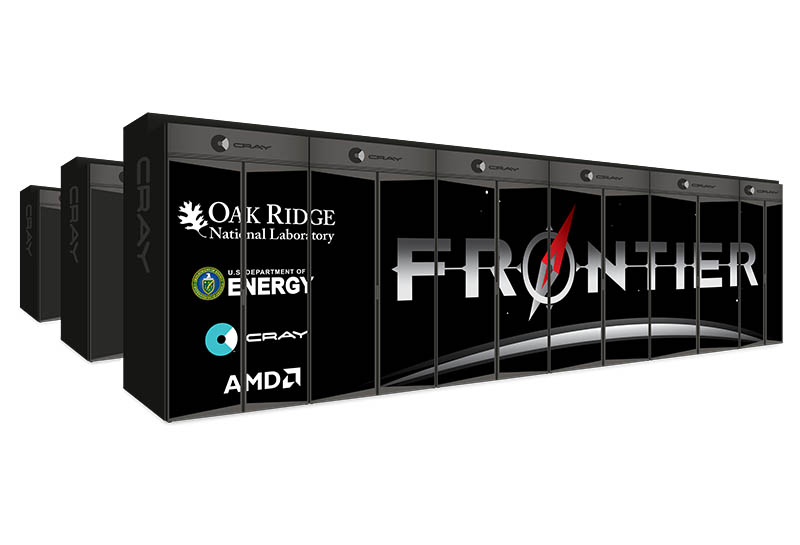
AMD EPYC announcement #1: Microsoft Azure cloud with AMD EPYC can allow over 10,000 cores to work together on HPC applications.
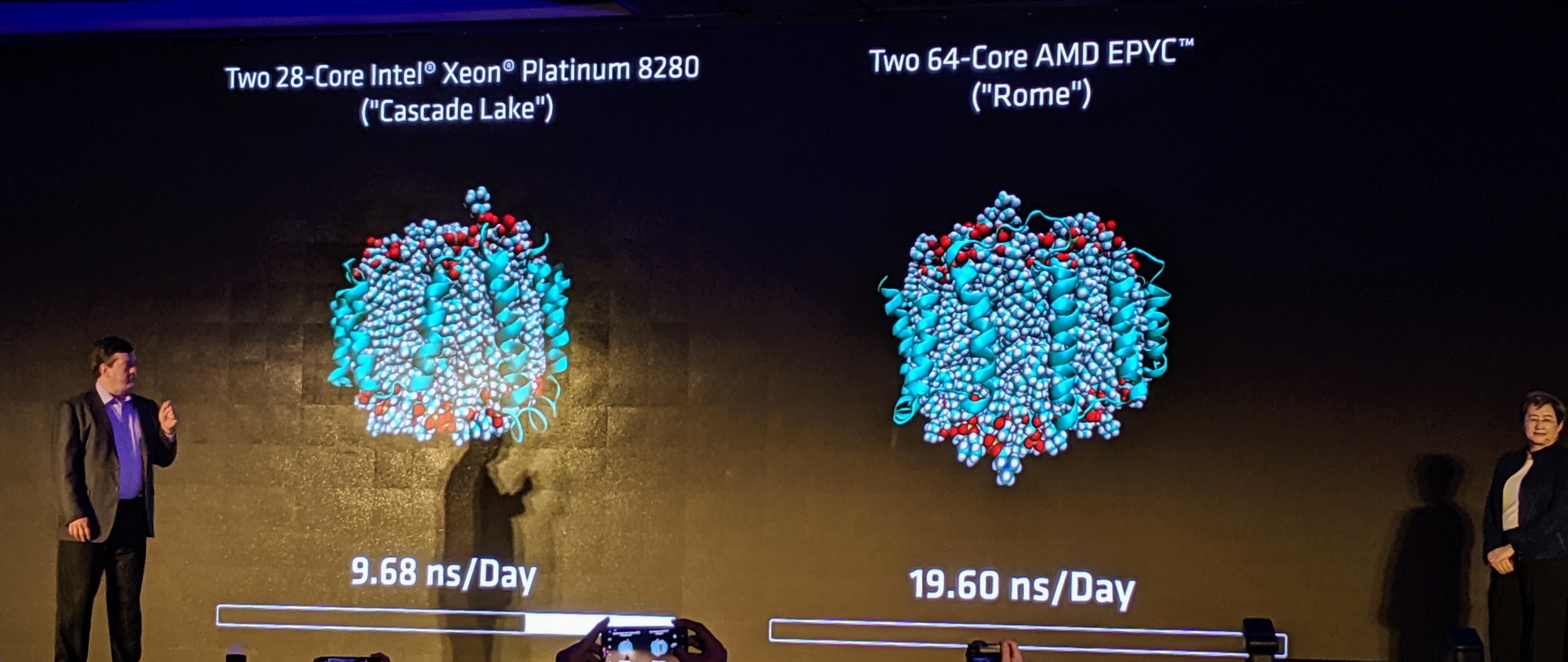
AMD EPYC announcement #2: Demo of dual AMD EPYC “Rome” 64 core CPUs against dual Intel Xeon Platinum 8280’s and the AMD EPYC “Rome” is twice as fast.
AMD EPYC Rome will launch in Q3, 2019 and there are twice as many platforms under development today than the first generation.
Upping the GPU Game with Navi
It is no secret that NVIDIA has enjoyed the performance crown in the market for some time across a number of segments. With Navi, AMD has a new architecture that it expects will be more competitive.
Navi will get a preview today. The next-generation Sony PlayStation will use Navi and Zen 2 via custom foundry.
Navi will have higher clock speeds, lower power, and PCIe Gen4 enabled using a new architecture called RDNA.
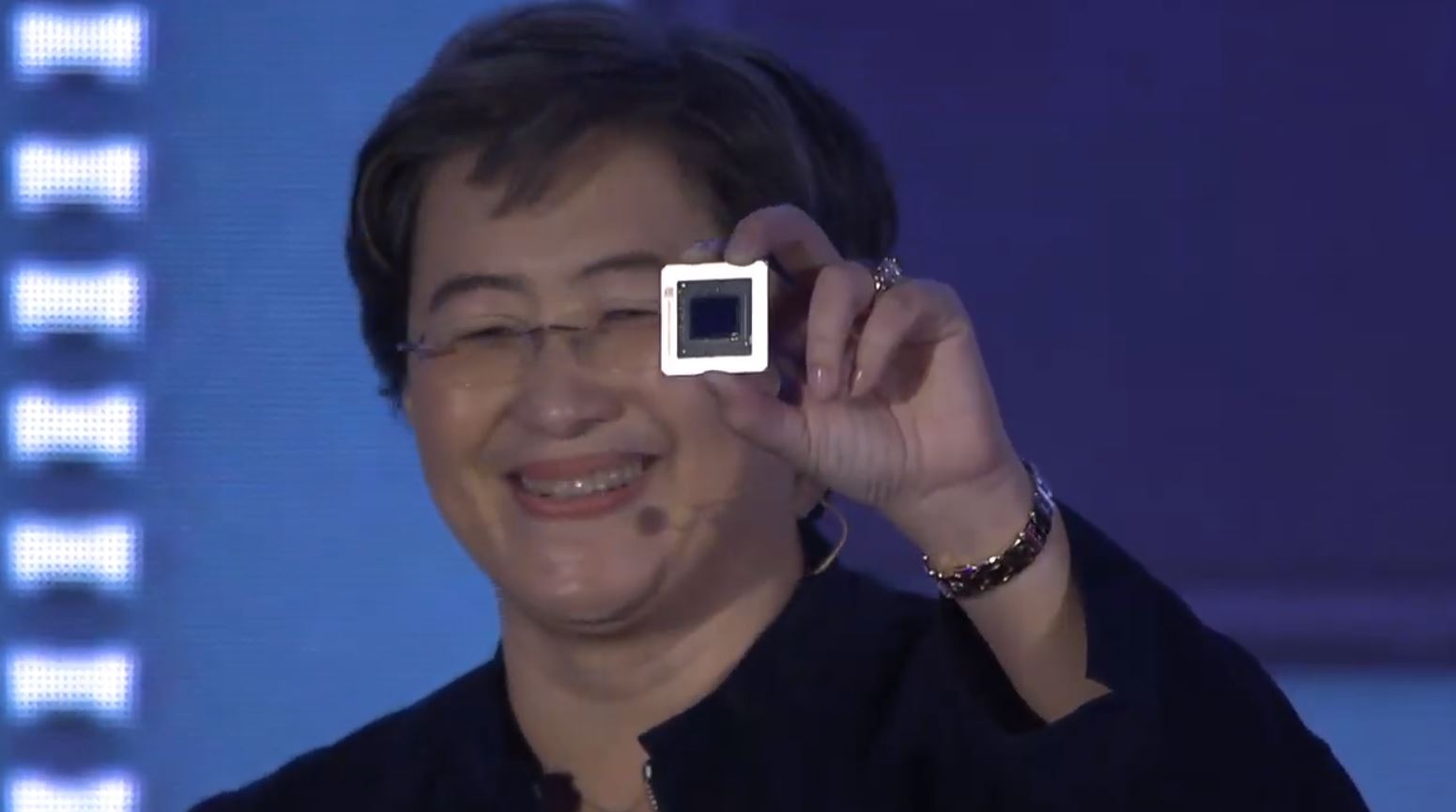
RDNA is a new design for the future like Zen was for AMD on the CPU side.
1.25x performance per clock and 1.5x performance per watt improvement over GCN generation from architectural gains. AMD is showing the AMD Radeon RX 5000, specifically the AMD Radeon RX 5700 series against the NVIDIA 2070.
Stay tuned to E3 in Los Angeles for more on Navi. We will get products, features, and pricing on June 10th. Navi will be available in July.
3rd Generation AMD Ryzen
New architecture with an on-package I/O hub and 7nm chiplets will deliver higher core counts and PCIe Gen4 for the first time into the client market ahead of Intel.
ASUS is on stage launching the latest ASUS X570 motherboards supporting 3rd gen AMD Ryzen CPUs. This is not just one or two, but instead, 30 designs.
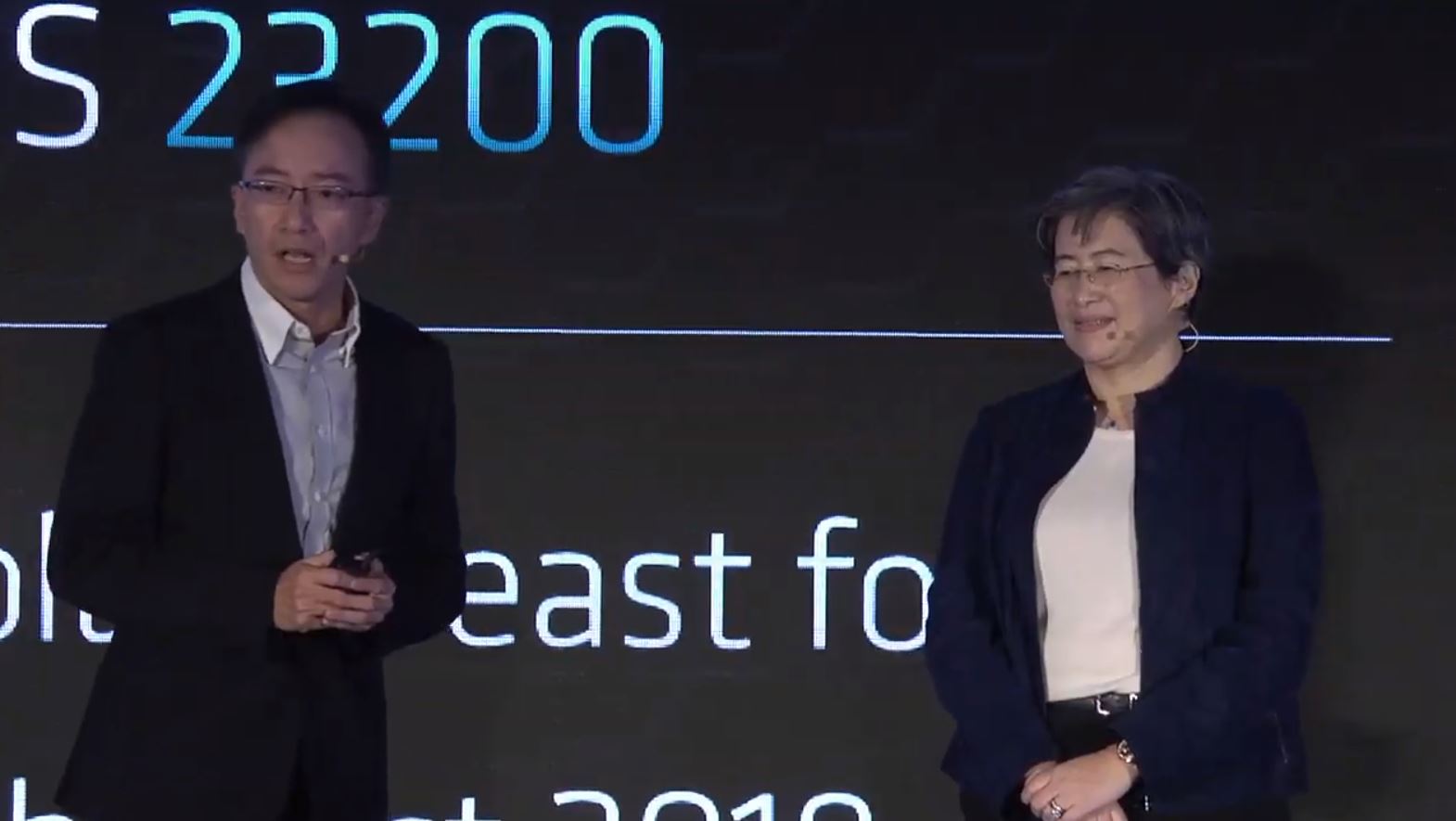
Acer Jerry Kao just said that AMD stands for “Astonishing Miracle Delivery” in what may be the quote of the day.
Now for the 3rd generation AMD Ryzen launch. Recapping, 7nm, PCIe Gen4. One also gets 2x floating point performance, 2x the cache size, and a 15% IPC improvement.
- AMD Ryzen 7 3700X. 8 cores 3.6GHz base, 4.4GHz boost, 36MB cache, 65W TDP. $329
- AMD Ryzen 7 3800X 8 cores 3.9GHz base, 4.5GHz boost, 36MB cache, 105W TDP. $399
AMD is noting that with PCIe Gen4 on its CPUs as well as new GPUs means more PCIe bandwidth.
One more thing… going beyond 8 cores.
AMD Ryzen 9 3900X. 12 cores, 24 threads 3.8GHz base, 4.6GHz boost. 70MB cache, 105W. $499.
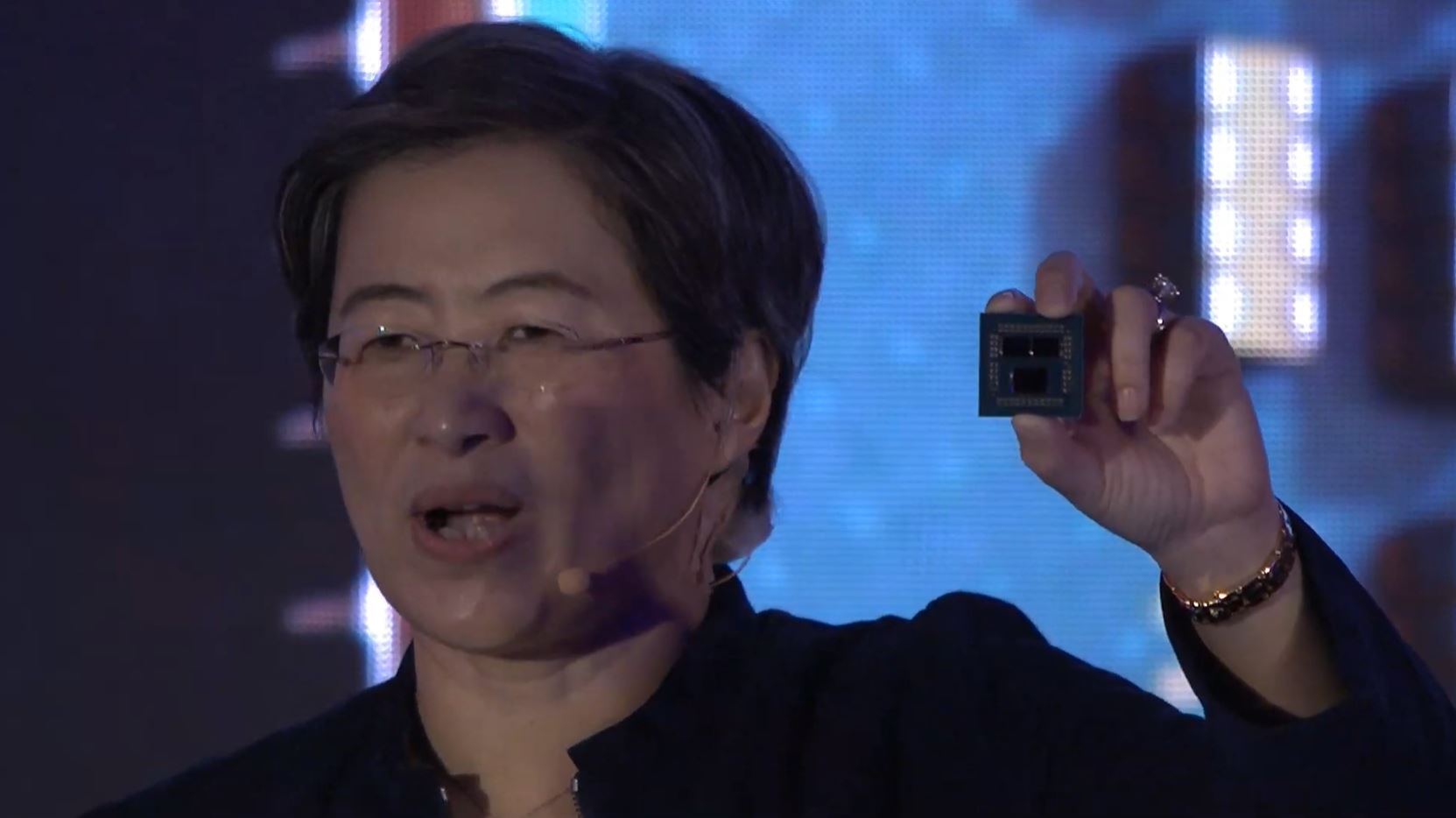
AM4 innovation. 32% single thread performance gainst and 100% multi-thread gains since the original Ryzen lineup.
Expect the new chips to ship on July 7, 2019

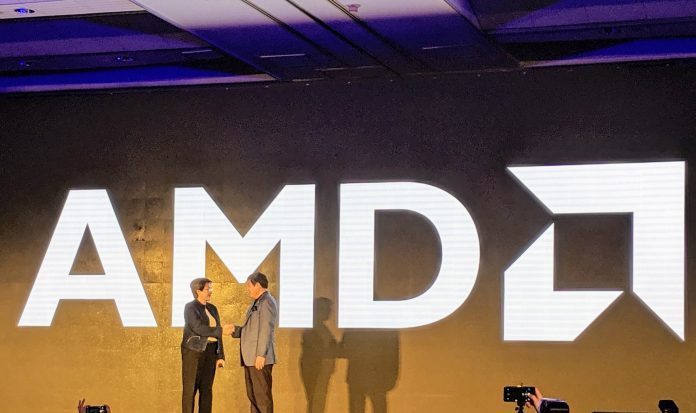
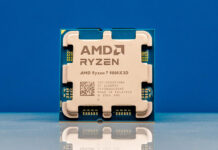
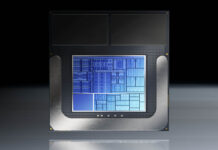

The 3900X would make a killer chip for small servers. 12 cores, 64MB L3, and PCIe 4.0 for $499?
Shame no-one but ASRock is interested.
So basically Intel can pack its equipment and go home. 2xAMD delivering 4xIntel performance while Intel is way much more expensive solution. This is excellent result at least on this particular test. Go AMD, go! :-)
Amd should be comparing Rome against the 92x series and as much as Epyc Rome is superior, Intel is not rolling over dead!!! We all want competition and not a monopoly. So I hope Amd is serious about competing in the enterprise space as that is where the deep money is that Intel currently dominates the market with.
I find it so funny people cheering on companies as there are all capatalist to me and if Amd were in the same dominant position as Intel, they too would be milking the market for as much profit as possible with good enough technology!!
I do not like the Platinum 9200 series comparison and am pushing Intel to do more Platinum 8200 v. EPYC comparisons since that is more useful. Platinum 9200 is more of a marketing tool for Intel than an enterprise product.
@bthomas: don’t get me wrong! AMD does have excellent product, but market does have horrible inertia so last year we can see Intel still dominating although company products performance is less than stellar. Having AMD delivering even better product means that market inertia will be even more braked and after years we may end with more fair market in x86 domain — and that’s I think all customer plea right?
@KarelG: The cloud is accepting AMD faster than I initially thought.
@Patrick Kennedy: Agree, intel doesn’t sell 9200 series thru OEM’s (and I wouldn’t be surprised if they don’t sell them at all).
I’m wondering how the chiplet design fares opposed to the previous generation, e.g. do all the chiplets have equal access to resources like memory and I/O or is there still some sort of separation (NUMA) going on. This was usually a strength for Intel and made the chips more difficult to use for virtualization.
Can we bifurcate a new PCIe 4.0 x16 slot “4×4” without requiring a TR motherboard?